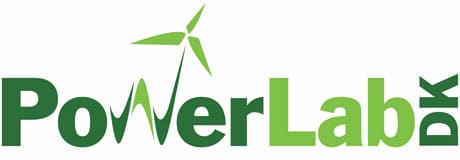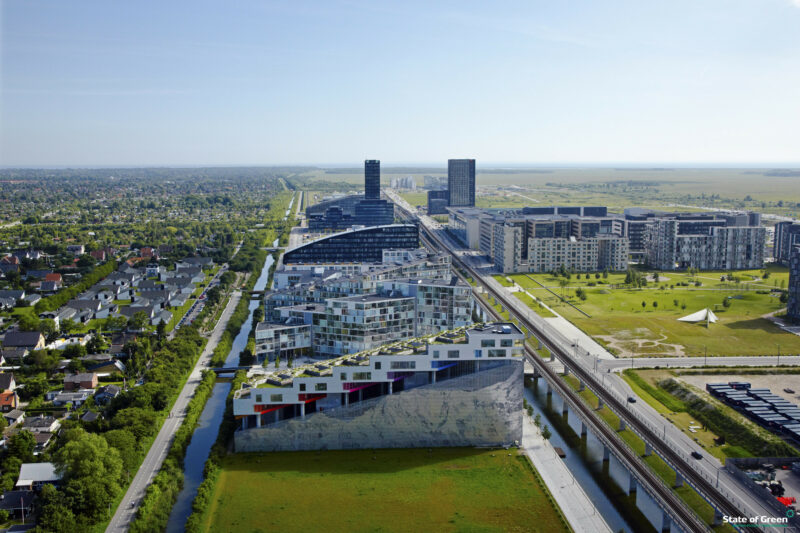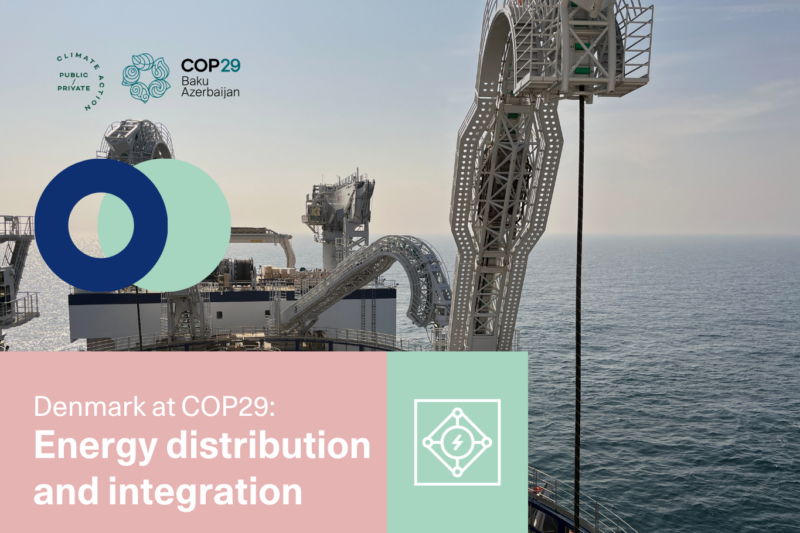News
Living labs
Smart cities
Smart grid
PowerLabDK prepares for the digital energy future


The implementation the supercomputer, a so-called High Performance Computing (HPC) facility, as part of PowerLabDK will establish capabilities of handling and analysing large amounts of data within energy systems substantially expanding the capabilities for developing and testing new digital energy solutions.
Continuous technological breakthroughs within big data analytics, digital sensor technology, and internet of things (IoT) create new innovative solutions for the Smart Society. PowerLabDK’s new unique opportunities provide an additional strengthened position, from which interdisciplinary research, based on expert knowledge and the use of advanced information and computing technology, will be implemented.
"We aim for PowerLabDK to become a leader within development, knowledge, and research of a completely different digitalised energy infrastructure than before,” says Frida Frost, COO of PowerLabDK. She predicts that future energy research will include multi-dimensional statistical methods, integrated and IT-intelligent energy systems, as well as the interconnection of different energy sectors (e.g. electricity, heat, gas).
Paradigm shift
The Danish Energy Commission recommends a paradigm shift in the Danish energy policy focusing on a more market-based, more international, and more digitalised energy system in the future.
This statement was introduced yesterday, as the Energy Commission presented their report to the Danish Minister of Energy, Utilities, and Climate, Lars Christian Lilleholt, announcing their recommendations for the Government’s future energy policy.
Digitalisation, electrification, and flexibility
The Energy Commission emphasises the need to manage taxes and regulations in the energy sector in order to facilitate the wanted development. For example to show investors that Denmark is determined to have a future energy system based on electrical power obtained from renewable energy sources – primarily wind and solar energy.
Furthermore, an increased focus on digitalisation will “strengthen the correlation between consumption and supply, and will be applied to provide new services to consumers,” the report states. As more and more data are collected across the entire energy system, on both supply and consumption, a more efficient and well-functioning energy market can be formed, supporting the development of an integrated and flexible energy system.
A new energy lab
Preparing for the future, PowerLabDK has decided to invest in advanced digitalisation components like the HPC, which hold over 100 nodes and a total of 2376 cores. This computer system will provide a higher level of it-infrastructure to the testing facilities, which will guarantee a more advanced research level, where additional scenarios and conditions can be taken into consideration when testing and developing elements of the energy system.
PowerLabDK’s plan is to expand its Digital Energy Lab to integrate significant technology trends across the energy and IT sectors. With the acquisition of the HPC, it is possible to manage large amounts of data from the energy system and utilise the knowledge they bring to achieve an intelligent interaction between the energy sources, the consumption and the distribution grid.
“Denmark holds a special status worldwide due to a long tradition of gathering high quality data, and it is the link between energy and digitalisation that will create a completely different way of thinking about our society infrastructure when it comes to the energy field. PowerLabDK wants to contribute to this development,” Frida Frost explains.
HPC system facts:
98 nodes of 256 GB RAM
10 nodes of 512 GB RAM
Each node is a Huawei XH620 with:
◦ 2*CPU E5-2650v4
◦ 480 GB SSD disk
◦ 1 infiniband lowlatency
network card
◦ 1 GB Ethernet.
Each node also has access to a
parallel BeeGFS 300TB filesystem.
A total of 2,376 cores
Besides energy research, the HPC will be used part time by selected other DTU groups including biomedical engineering.
You should consider reading
solutions
Combined heat and power production
+6
CopenHill: The story of the iconic waste-to-energy plant
20 November 2024solutions
Energy efficiency in buildings
+2
Greening the UN one building at a time
20 November 2024publications
Combined heat and power production
+9















